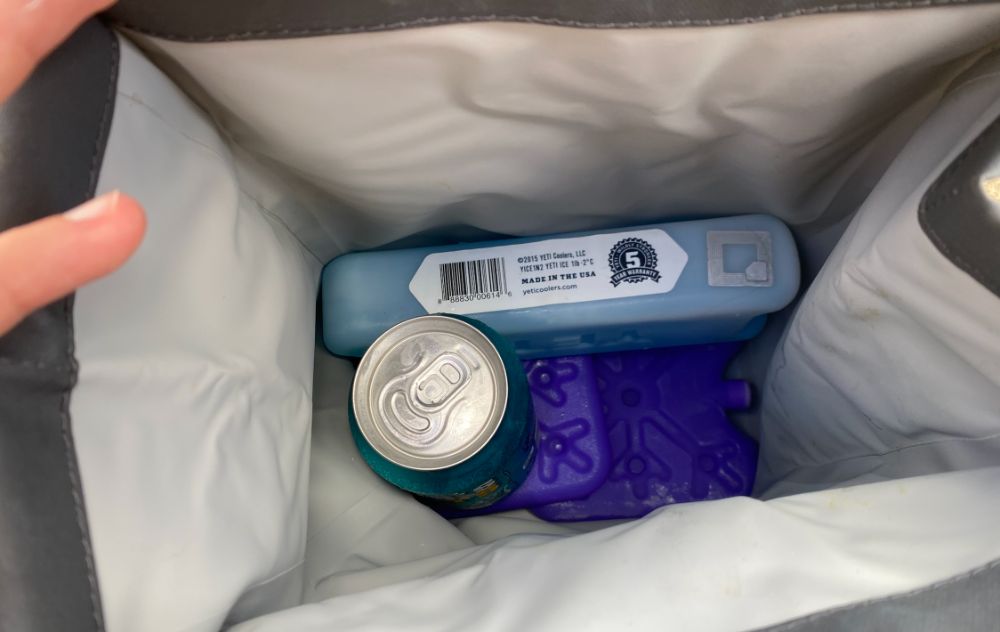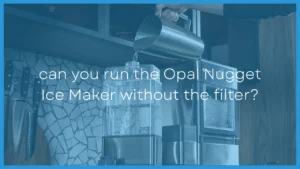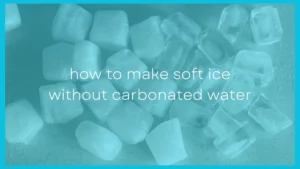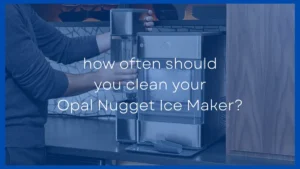If you're going on a road trip, going camping or just trying to keep food cold for lunch each day you may be wondering how many ice packs do you need for a cooler?
Too few ice packs and your ice will melt quickly and your cooler will warm up, potentially ruining your food. Too many ice packs and your cooler is heavier than needed and the ice packs take up all the space.
So how many ice packs should you use in your cooler?
If you're only trying to keep food cold for a few hours then 1-2 ice packs is enough for your cooler. However, to keep food cold or frozen longer you'll want to use a 2:1 or 1:1 ice pack to food/drink ratio in your cooler. The better the cooler the less ice packs you need.
There are so many variables to consider here. The size of your cooler, the quality of your cooler, how much you want to keep cold, how long you need to keep it cold for and more.
Everyone's needs are different and depending on what you're trying to achieve you might need a different amount of ice packs in your cooler.
In this article we'll look at the different things you need to consider so you can work out exactly how many ice packs you need.
1-2 Ice Packs For Shorter Periods Is Usually Fine
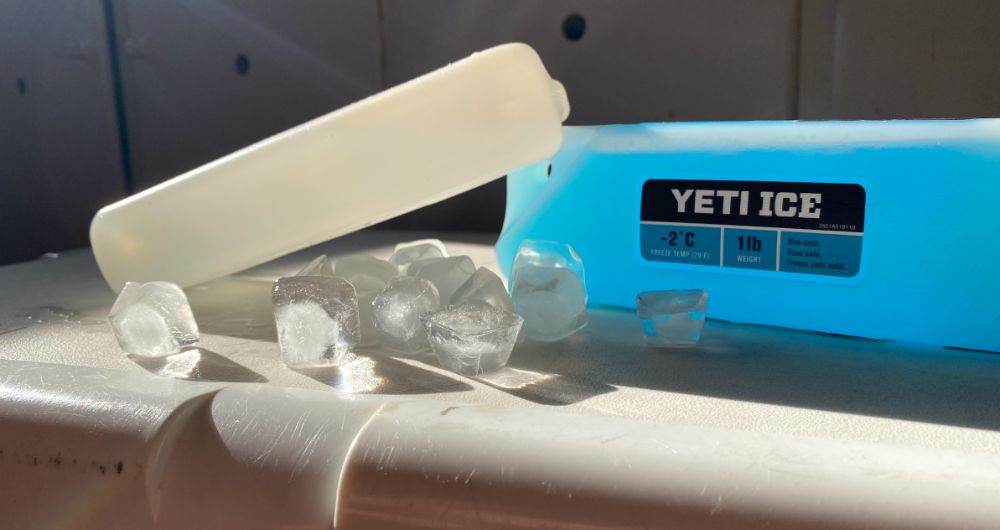
If you're just trying to keep your lunch cold from the morning until you eat it at lunchtime then 1-2 ice packs in a small cooler box or insulated lunch bag will usually do the trick.
The ice packs will likely melt over a period of 2-4 hours in warmer weather or 4-8 hours in cooler weather, after which they will warm up to near room temperature and won't keep your food cold anymore.
This is perfect for things like school lunches or to keep some drinks cold for a few hours when on a road trip.
Once food moves above 40ºF (4ºC) it enters what the USDA calls the “danger zone”. This is the temperature where bacteria can grow and multiply, potentially ruining your food or making you sick.
Once your ice packs melt and your food moves above this temperature you usually have 1-2 hours to eat it before you should throw it away.
For milk products or meats you may want to eat them within 1 hour.
So for small amounts of food/drink for just a few hours then just using 1-2 ice packs will be fine. But for more food or if you want to keep things frozen or cold for a longer period of time then more ice packs will be needed.
A 2:1 or 1:1 Ice Pack to Food/Drink Ratio Is Good For Longer Period
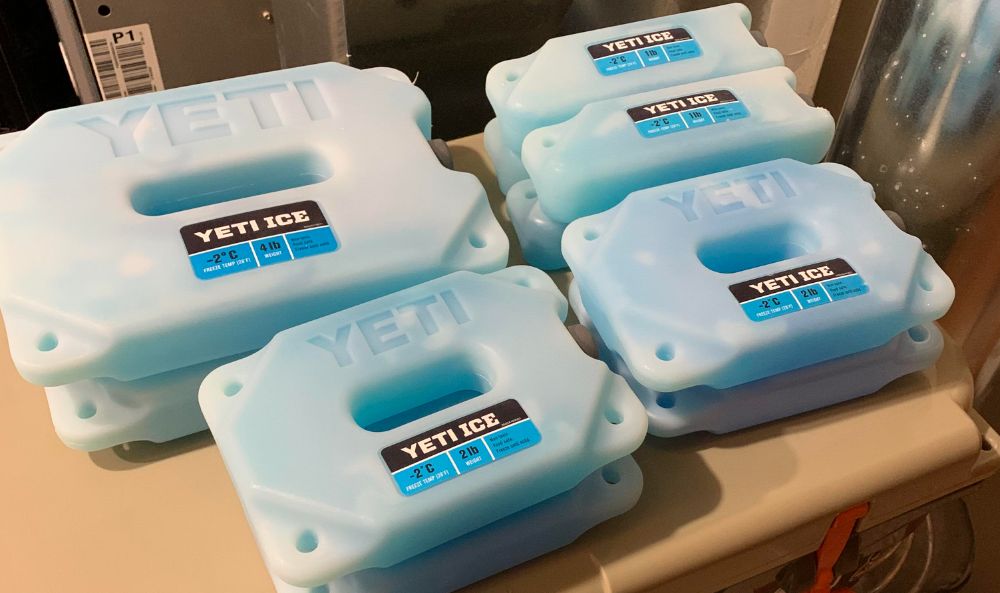
If you're looking to keep food or drink cold for a longer period of time (eg. An entire day or more) then 1-2 ice packs won't be enough and you'll need to use more.
Depending on your cooler quality and size will depend on exactly how many you need but a ratio of 2:1 or 1:1 ice packs to food/drink is what I would recommend.
This might seem like a lot and it is. It means half your cooler or two thirds of your cooler will be filled with ice packs. Chances are for a larger cooler you won't even own this many ice packs.
But this is the ideal amount you should you if you want to keep things cold for an entire day or more.
This is why people tend to use loose ice and supplement with ice packs. It's just hard to own and store enough ice packs for your needs. A good recommendation here is to freeze water bottles as well.
They not only act as ice packs but as they melt you'll be able to drink them.
If you're looking to use less ice packs but still keep food cold for longer then here are some tips.
Freeze or Pre-Chill Your Food/Drinks

The best and easiest way to use less ice packs but still have your items stay cold is to either pre-chill them or ideally to freeze them completely before you put them in your cooler.
Placing room temperature food and drink in your cooler will immediately begin to melt your ice packs.
Frozen food and drinks on the other hand act as their own ice pack dramatically extended how long they will stay cold for in your cooler.
A water bottle is the perfect example of this. Freeze it overnight and it's basically it's own ice pack, then as it melts you can drink the cold water. You can even refill it the next day just like a regular ice pack.
Use a Good Cooler Box or Cooler Bag
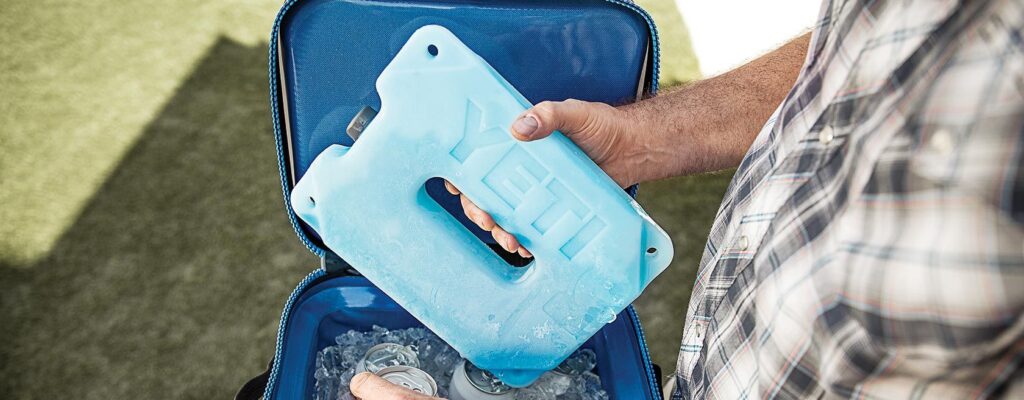
The better your cooler box or cooler bag the less ice packs you'll need and the longer those ice packs will last.
Using a cooler bag like a Yeti Hopper is going to get you 1-2 days of ice retention vs some generic cheap cooler bag with thin insulation that might only give you a few hours of ice retention and the ice won't even last until the evening.
If you have one already use the best cooler you have. If you don't have a good cooler already you can check out my list of the best coolers like Yeti which lists all the best coolers on the market at the moment. Alternatively check out my list of the best coolers for ice retention.
Don't Have Empty Air Space
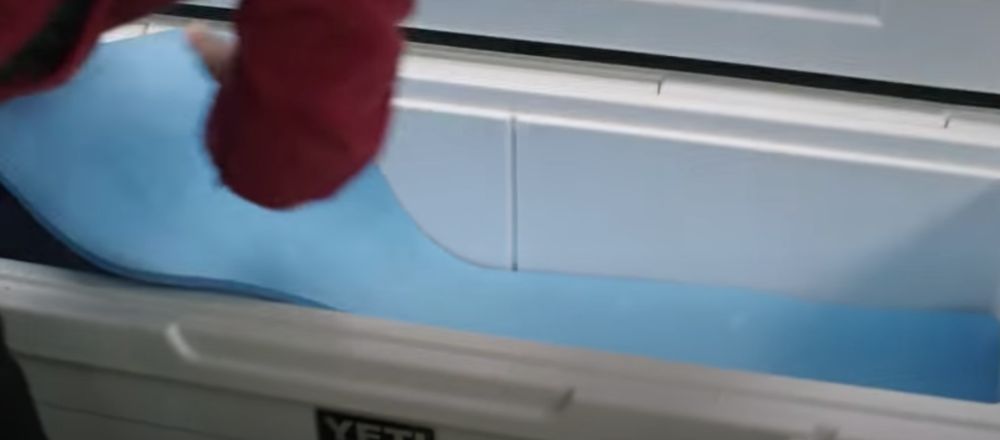
You want to have a cooler that is perfectly sized for your ice packs as well as your food or drink.
If your cooler is too big then it's going to have a lot of empty air space inside. This inside air space is going to make your ice packs melt faster and your food and drink warm up more quickly.
If you can't help it and you only have a big cooler then fill the empty air space with scrunched up newspaper or towels, or add a layer of foam on top of your food, drink and ice as an inside lid.
Keep It Out Of Directly Sunlight and Away From Excess Heat
If you're using less ice packs then you want to keep your cooler out of direct sunlight and away from heat as much as possible.
This means keeping it in the shade wherever possible and not letting it bake in a hot car for hours at a time.
Put Your Ice Packs On The Bottom
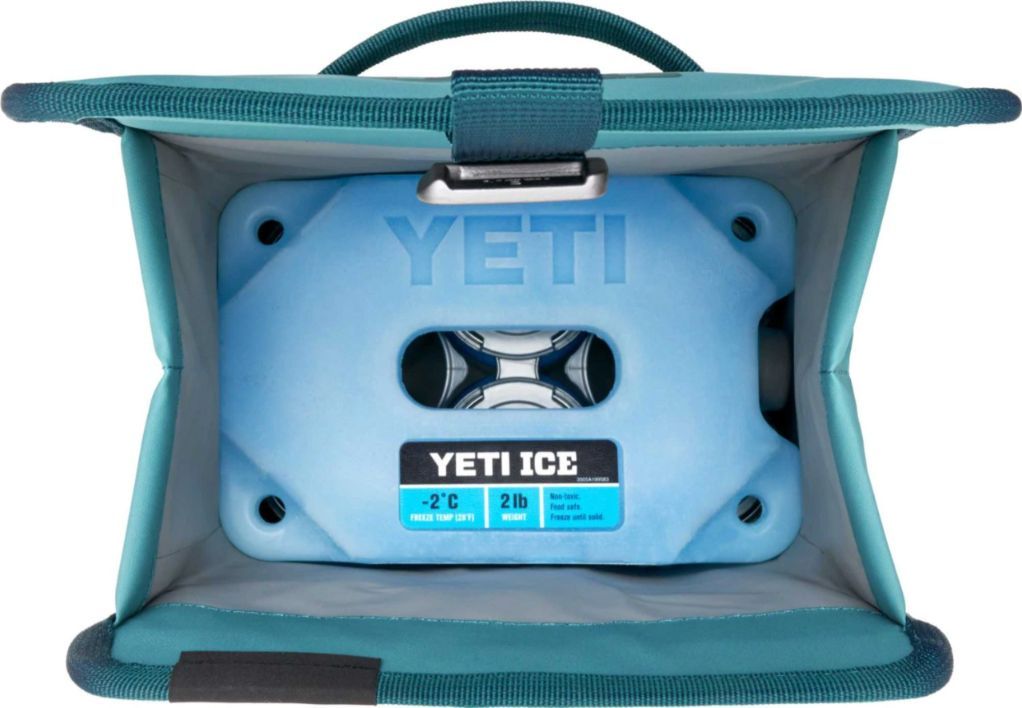
If you want your ice packs to last longer then it's best to put them at the bottom of a cooler.
I've done a full article on whether you should put ice packs at the top or bottom of a cooler but the because cold sinks ice packs at the bottom of a cooler tend to last longer.
Putting ice packs on the top of your cooler gives you more even cooling over your food and drinks. However, it also means the ice packs are exposed to the hot air whenever the cooler is opened.
This makes them melt faster versus having them on the bottom where they are more protected from the warm outside air whenever your cooler is opened.
Use One Larger Ice Pack vs Many Smaller Ice Packs
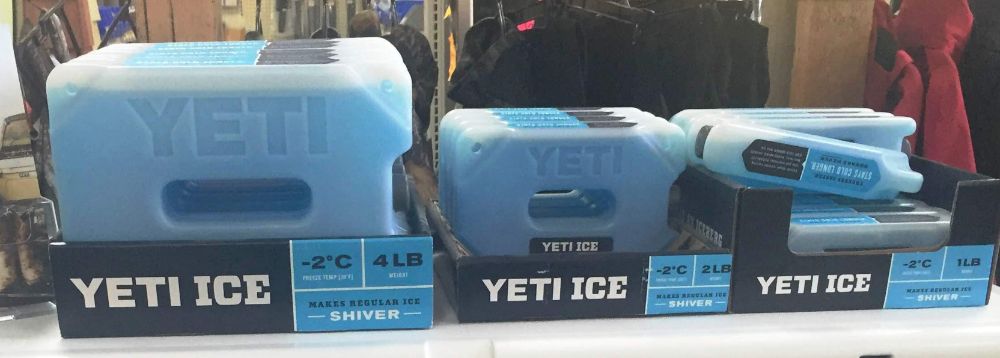
One single large ice pack will last longer than many small ice packs spread out over your cooler.
So if you have to choose between buying or using one big ice pack or using lots of little ones then go with the big one because it's going to stay cold for longer.
Clump Together Your Ice Packs
If you don't have any big ice packs and you only have smaller ones you can make them last longer by clumping them together, essentially making one large ice pack out of multiple small ones.
The ice packs work together to keep each other cold and the reduced surface area makes it harder for heat to melt the ice.
You can often get a couple hours of extra ice retention by doing this.
Pre-Chill Your Cooler

This is most important inexpensive rotomolded coolers with extremely thick insulation but it can't be helpful for any cooler at all.
Please a sacrificial bag of ice or some frozen water bottles in your cooler the night before you want to use it.
This will cool down the insulation to near freezing temperatures and means that when you put your ice packs in your cooler the insulation isn't hot and isn't going to melt your ice pack straight away.
Make Sure Your Ice Packs Are Extremely Cold (0ºF, -18ºC or colder)
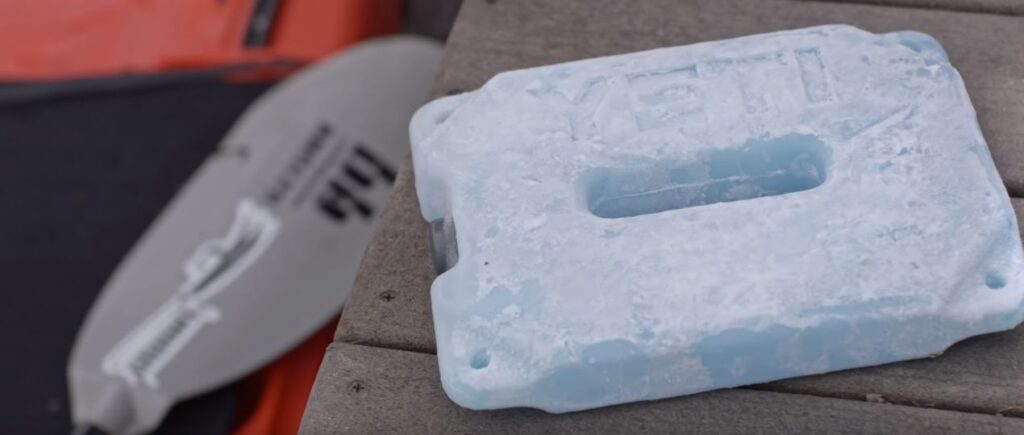
I showed in my video on yeti ice vs regular ice packs that even when your ice packs are frozen in your freezer they may not be as cold as they are going to get.
Regular ice freezes at 32ºF (0ºC) and ice packs freeze a little lower around 20-28ºF (-2 to -6ºC). However, most freezers are set to 0°F (-18ºC) and given enough time your ice packs will get down to this temperature.
So just because an ice pack is frozen doesn't mean it's as cold as it's going to get.
You want your ice packs to be absolutely as cold as possible as this is going to give you the best ice retention and keep your items cool for as long as possible.
For my ice packs it took a full 24 hours for the ice packs to get down to their lowest temperature.

